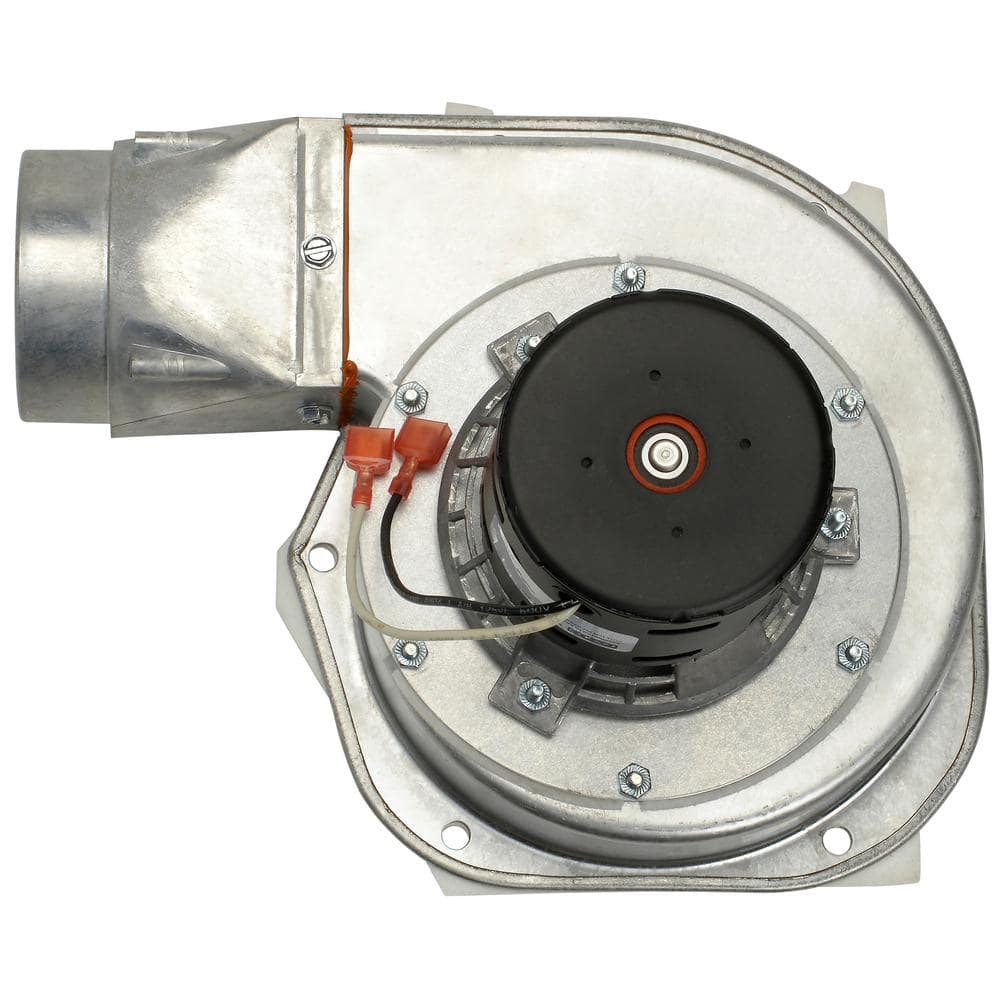I'm sorry but it is basic physics, differential pressure, that is the reason to use an OAK/FAK.
I can find exhaust blowers in the range of 70cfm-120cfm in general. 70cfm =4200cfh, that's a large amount of air in one hour to suck into a building. To deny that it comes from outside is, again, against the laws of physics.
Measuring with a thermal gun is not going to show you the ambient air temp, you are measuring surface temp and will not see a large difference. Measuring they way you describe is the same as saying that you are measuring the surface area of a windshield when it is 0°F and it shows 0°F but the wind is blowing and the real feel is closer to -10°F.
I also notice that most people that say an OAK is not needed seem to live in areas that I consider to be warm compared to where I live, perhaps that is the difference in attitude. I also see people saying you only need it if your house is extremely tight. That is wrong also, any air being brought into the house from outside is going to cool the air that you are trying to heat, you might as well leave a window open.
I've worked with manometers and differential pressure transmitters for over 30 years and I can tell you that the science behind using an OAK is solid.
As far as added rust, I've never seen that because of an OAK install. Yes you can get extra condensation around the pipe while running, but that is easily dealt with. Also if the stove is properly maintained for shut down season there is no problem with moisture in the stove.


